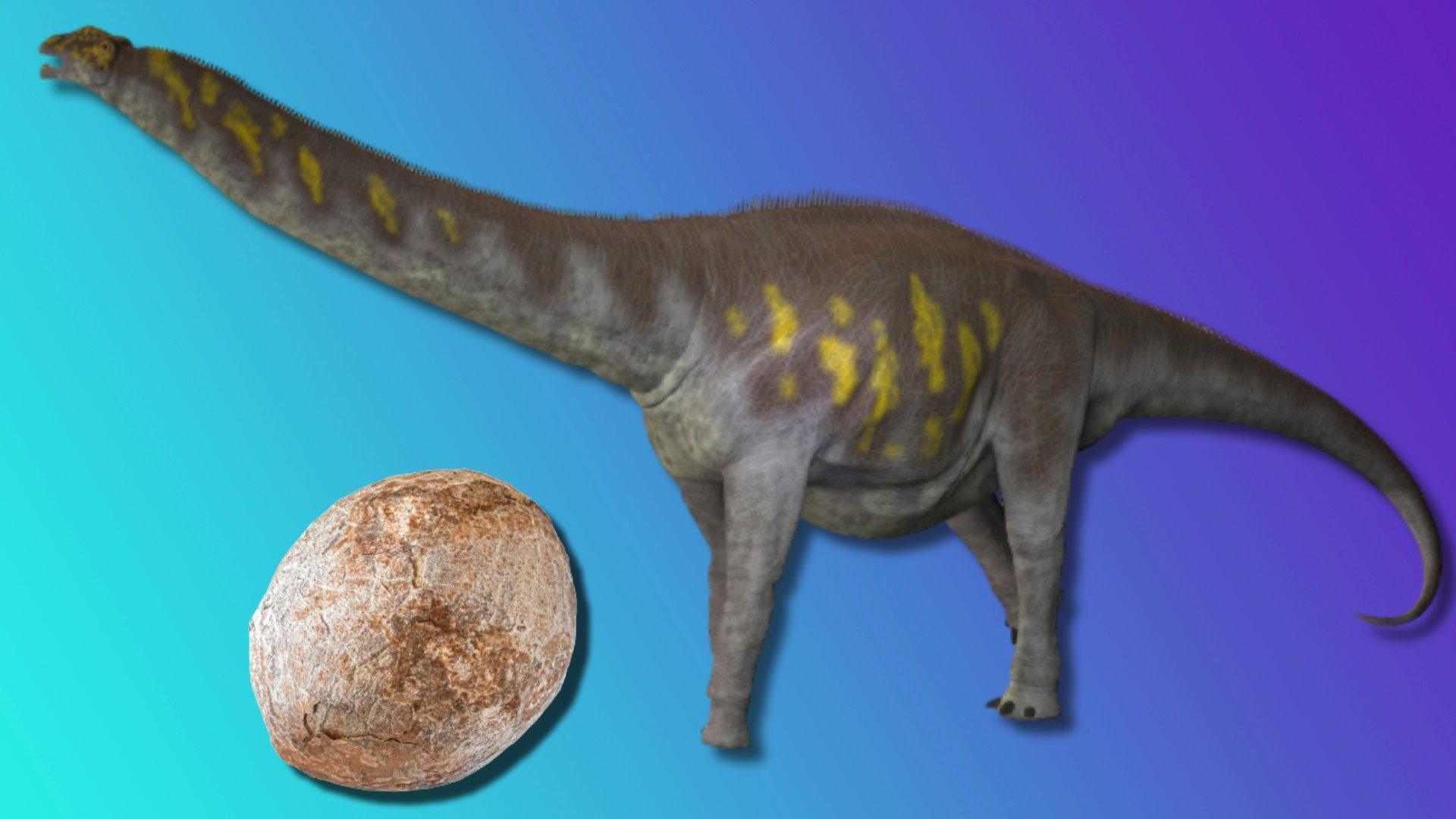New fossil shows dinosaur with longest neck ever
- Published
- comments
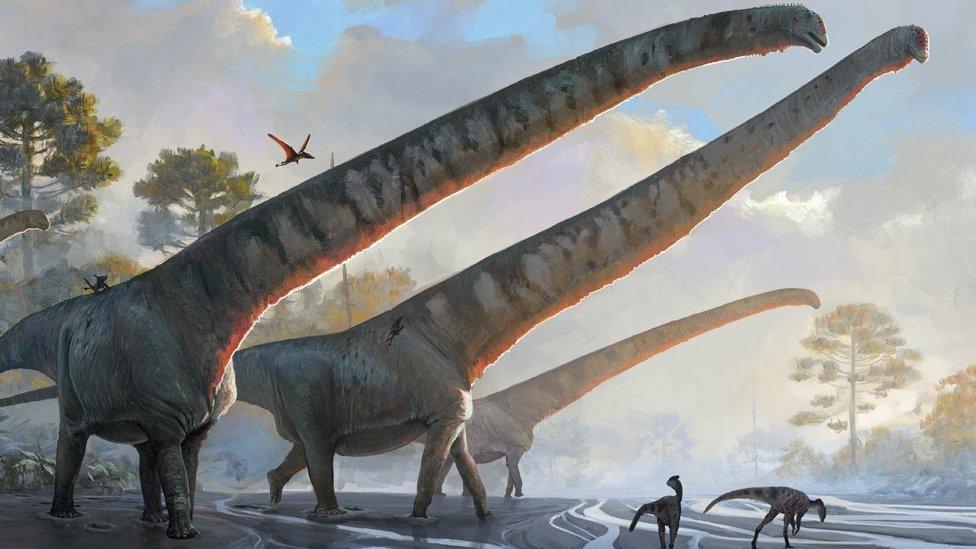
A dinosaur which lived more than 160 million years ago has the longest neck of any animal that has ever lived, scientists believe.
A study of the bones and fossils of the Mamenchisaurus sinocanadorum found that the dinosaur has a neck around 15 metres long, one and half times the length of a double-decker bus.
Mamenchisaurus sinocanadorum was discovered in approximately 162-million-year-old rocks from northwest China in 1987.
They are part of a group of dinosaurs called sauropods, which include the Natural History Museum's famous dinosaur DIppy.
A international team led by Stony Brook University palaeontologist Dr Andrew J. Moore, and including Prof. Paul Barret from the London's Natural History Museum published their findings about the Mamenchisaurus sinocanadorum in the journal of system Palaeontology,
How do researchers know how long the neck is?
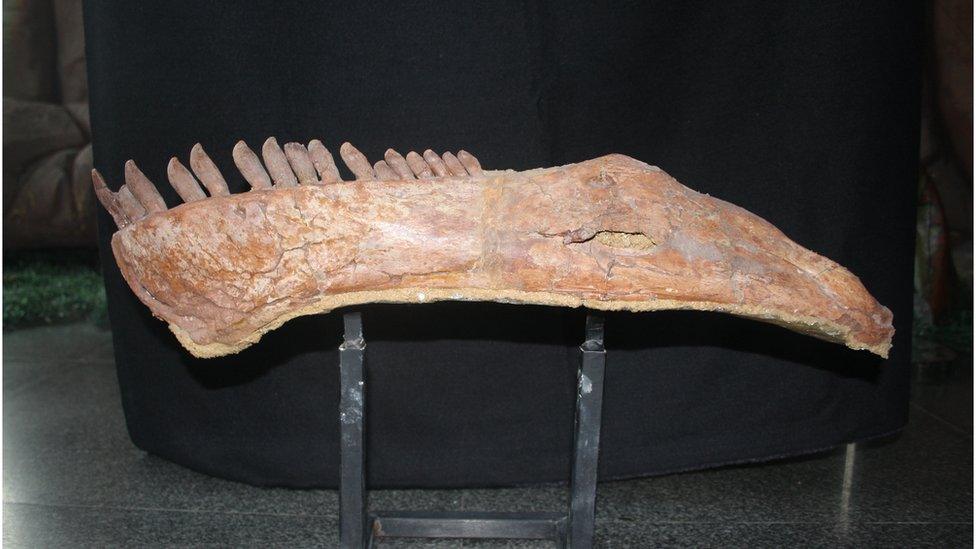
Mamenchisaurus sinocanadorum is known only from a handful of bones from the neck and skull.
Despite these limitations researchers looked at the evolution of the dinosaur and made comparisons to the usually complete skeletons of its closest relatives.
They concluded that Mamenchisaurus sinocanadorum had a 15.1 metre long neck.
Why did sauropods have such long necks?
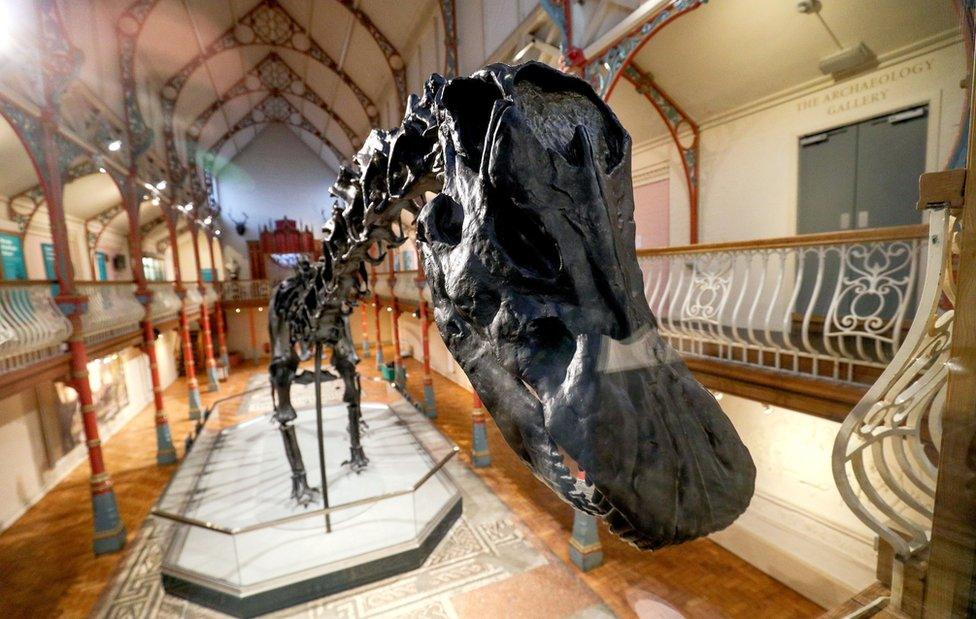
Dippy, the Natural History Museum's replica model of a diplodocus is a sauropod
There are a few different interpretations of why sauropods had such long necks.
One of the main reasons suggested is that they used them to get food.
With a long neck they can stand in one spot and graze on the vegetation around them.
This means they wouldn't have to use up too much energy moving their heavy bodies around.
Having a long neck probably also allowed sauropods to get rid of extra body heat by increasing their surface area. The large ears of elephants have the same function.
What do the new findings show?
Lead author Dr Andrew J. Moore, Stony Brook University palaeontologist, said:
"With a 15-metre-long neck, it looks like Mamenchisaurus sinocanadorum might be a record-holder - at least until something longer is discovered."
Co-author Ye Yong from the Zigong Dinosaur Museum in China said the findings show how much they can discover about sauropod evolution from "very incomplete specimens".
- Published3 December 2022
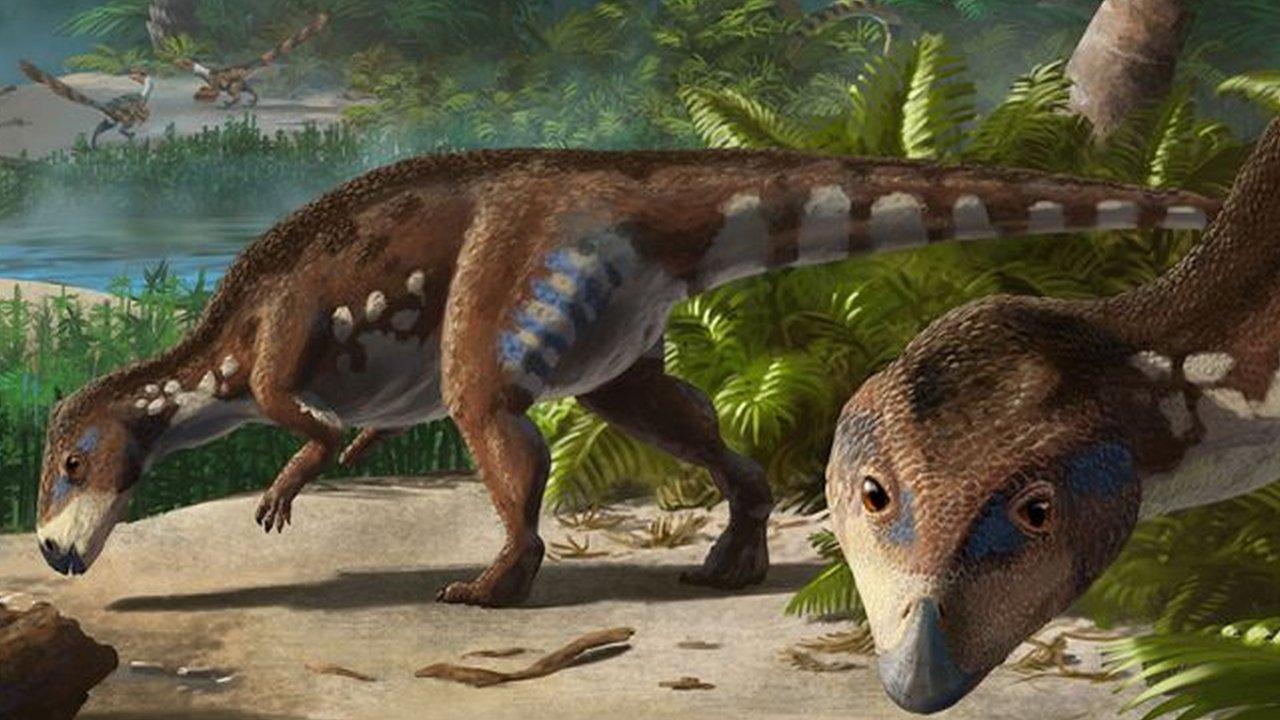
- Published29 August 2022
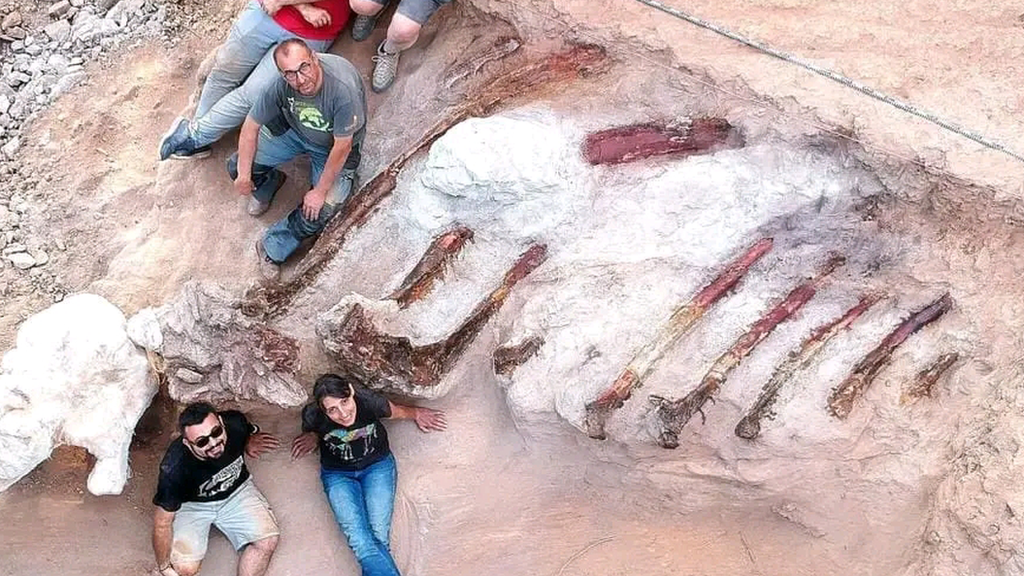
- Published22 January 2023
